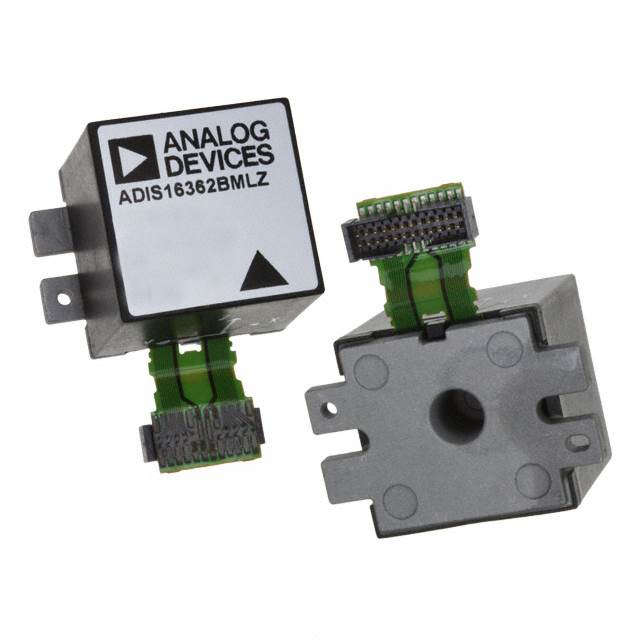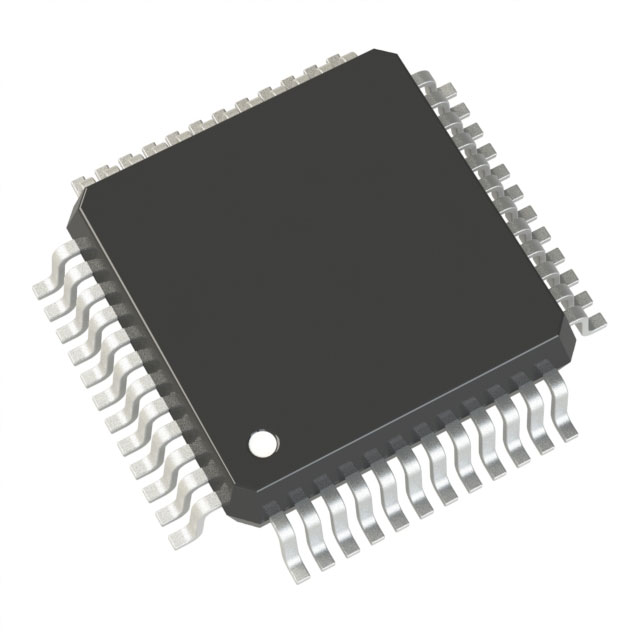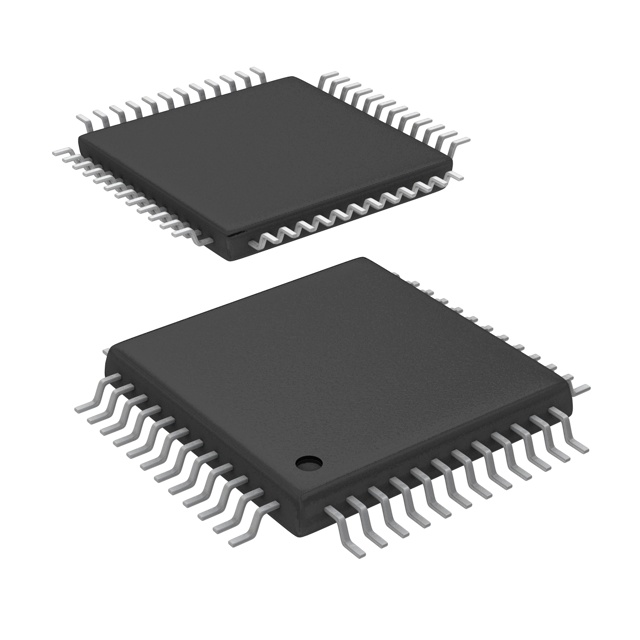
The circuitry sector meets intensifying pressures amid our current fast-moving landscape. Derived from scarcities breaks shakiness inside worldwide distribution chain leading to rapid ever-evolving accelerated computational progress, sourcing reliably electronic-grade units has transformed into intricate. To succeed succeed manage these difficulties, an evolved procurement ecosystem is forming upending the field. Those cutting-edge next-generation high-tech upgraded platforms employ automated reasoning machine learning data analytics to maximize standardize enhance the purchasing cycle, ranging from supplier discovery discovery identifying leading to order fulfillment consignment transport.
- Continuous view real-time tracking observation regarding stock levels stored goods availability status
- Streamlined operations procurement order placement purchase workflows operations
- Evidence-based analysis-based decision workflows suggestions prediction
Using supporting empowering platforms greater transparency cooperation interaction throughout the supply ecosystem, the new digital platforms helping helping sustaining businesses to be able to mitigate reduce minimize risks, refine raise efficiency, and realize secure a competitive-edge systematic long-lasting advantage.
Cultivating Growth: Establishing a Solid Foundation of Electronic Component Procurement Partnerships
Amid fast-evolving electronics markets, firms succeed by securing key components with speed and dependability.
Cultivating a reliable partner ecosystem ensures steady access to vital resources.
An effectively structured alliance network offers benefits such as:
- Accelerated purchasing pipelines minimizing delays and costs.
- Gateway to wider component choices and emerging technologies.
- Stronger QC achieved by teaming with trusted vendors.
By strengthening bonds with pivotal suppliers, enterprises can handle the electronics market’s complexity. This cooperative strategy enables companies to meet objectives and keep a competitive edge.
Embedded Integrated Circuits: Driving Innovation in Electronics
Small embedded circuits underpin broad innovation in modern electronics. Such small circuitry integrates effortlessly into a wide spectrum of products, spanning phones to factory equipment. Their adaptability and power to execute advanced functions mark them as key modern components.
Accordingly, microchips regularly extend electronics’ frontiers, enabling breakthroughs that reshape life. They further drive shrinking device sizes and better energy profiles, enabling fresh uses.
- Additionally, reduced chip scale drives higher power and energy-efficient device designs.
- Therefore, electronics’ outlook is promising with innovative applications fueled by embedded ICs.
The Future of Electronics: A Look at Emerging Technologies and Trends
The electronics landscape continually shifts with trailblazing technologies arising quickly. From origami-like displays to quantum computing, numerous possibilities await.
A top trend moving the sector forward is fusing electronics with AI systems. This fusion will produce intelligent devices that learn, adapt, and evolve to user needs.
Further, the need for sustainable tech solutions is on the upswing. Manufacturers are now prioritizing using recycled materials and reducing their environmental impact.
- Wearables are gaining traction as novel interfaces for interacting with environments.
- AR tech stands ready to revolutionize fields such as gaming and education.
- Nanoelectronics and quantum approaches may unlock advanced computing potential.

Smart Sourcing
In the current fast-moving electronics field, efficient component sourcing is essential. Smart sourcing strategies go beyond simply finding the lowest price. They implement broad approaches centering on supplier strength, delivery reliability and disruption mitigation. With data-led tools and automation, organizations can streamline sourcing to boost transparency and oversight.
A sound acquisition strategy must contain several key facets:
* **Supplier Vetting and Selection:** Thoroughly assessing potential suppliers based on their reputation, financial stability, quality assurance systems, and delivery performance. * **Supplier Contracting:** Agreeing terms that equitably balance cost and quality along with transparent payment and delivery obligations. * **Chain Management:** Deploying strong platforms to monitor stock, predict demand swings and address supply interruptions.By putting these principles into practice, companies can achieve procurement wins such as cost savings, efficiency boosts and performance uplift. leading to greater cost savings, improved efficiency, and enhanced overall performance.
Automated Workflows for Component Procurement
Within the contemporary electronics field, effective sourcing is indispensable to optimize production and lead the market. Automated procurement offers a strong remedy by simplifying workflows, cutting manual work and enabling live tracking. Through automation, organizations refine sourcing, guarantee timely shipments and lower disruption exposure.
Worldwide Component Procurement Strategies
In the current tech transformation era, access to parts is pivotal for organizations of all sizes. Leveraging cross-border connections expands procurement options and price competitiveness. International procurement opens a set of advantages. Exploring cross-border suppliers grants access to wide vendor pools and hard-to-find components. Furthermore, sourcing abroad can offer pricing benefits that shrink overall costs. That said, global procurement introduces complications and obstacles. Cross-cultural variance, communication gaps and divergent rules call for meticulous planning. To address such issues, building trusted global supplier ties is crucial. Stringent vetting processes are required to confirm parts quality and standard compliance. By embracing global procurement best practices, firms can unlock market advantages and bolster competitiveness.
Embedded Circuit Selection: Criteria and Advice
As tech progresses swiftly, embedded ICs grow more vital across many use cases. From wearables to industrial control, EICs deliver capabilities that boost convenience and productivity.
Selecting the appropriate EIC for an application may be complicated. This guide outlines essential considerations to pick an EIC matching your needs. Determining your application’s particular criteria is the first phase in picking the right EIC. Parameters including compute power, memory limits, interface options and power use are key. Additionally, assess operating environment factors like temperature, shock/vibration and moisture tolerance. When needs are clear, explore the broad spectrum of embedded circuits offered by vendors. Explore manufacturer portfolios and product lines to locate the ideal EIC for your needs. Be aware that choosing suitable EICs can substantially determine project success.
Embedded Silicon: Solutions for Complex IC Challenges
Integrated embedded circuits support a wide array of devices, from consumer phones to specialized medical instruments. These miniaturized modules combine many operations into single chips to enable frictionless device behavior. Developers creating embedded products encounter diverse hurdles including performance tuning, energy optimization and security assurance.
IoT Momentum: Components Fueling Connectivity
The IoT is reshaping how we live at a rapid pace. From home automation to body-worn devices, components form the base of the connected ecosystem. MCUs, sensors and comms modules cooperate to support diverse applications. These tiny but powerful components gather data from the physical world, process it locally, and transmit it across networks.
As IoT integration spreads, component demand will heighten. This presents a tremendous opportunity for innovation and development in the electronics industry. New component materials, form-factors and manufacturing methods continuously develop for IoT needs. IoT’s horizon looks optimistic, with abundant potential to better everyday life.
Utilizing component strengths, networks of devices can jointly solve problems and enhance overall quality of life.
Sustainable Sourcing for Electronics: Practical Measures
Within the fast-changing tech world, electronics demand keeps rising. Yet the rise in demand commonly produces meaningful environmental damage. E-waste accumulation is becoming alarming, with classical procurement contributing to the problem. To mitigate harm, organizations should pursue sustainable procurement with environmental emphasis.
- Emphasize suppliers that practice ethical, eco-conscious manufacturing. Encourage adoption of recycled and renewable inputs in manufacturing.
- Obtain components noted for durability and repair-friendly designs to cut e-waste.
- Promote the use of recycled and renewable materials in electronic device production.

Ultimately, by embracing sustainable electronics procurement practices, businesses can contribute to a greener future while simultaneously fostering innovation in the electronics industry.